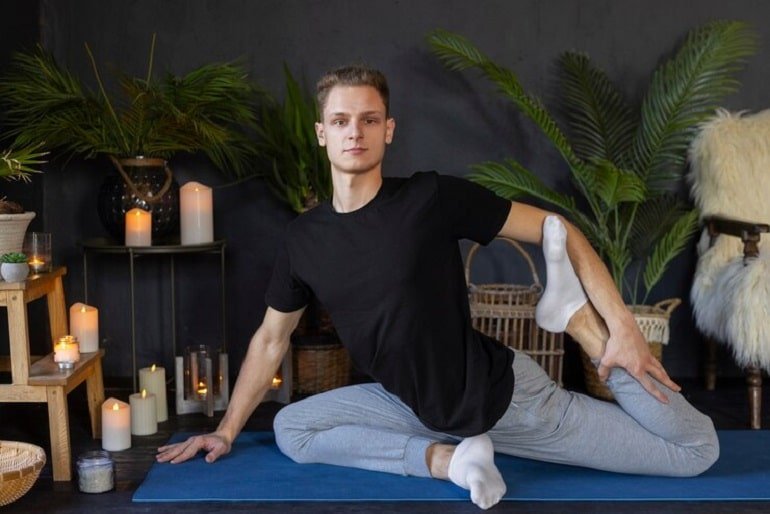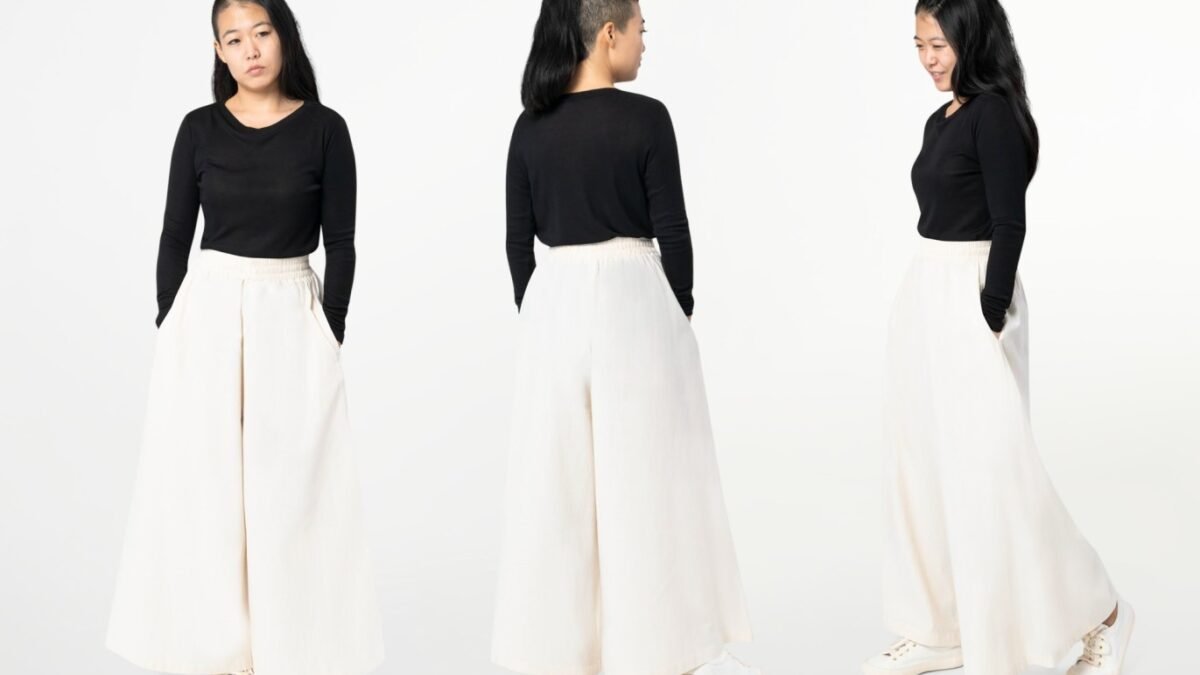
Social media has disrupted the fashion industry, changing how clothing brands engage with customers and market products. Platforms like Instagram and TikTok have greatly democratized fashion, diversifying what styles and trends gain popularity. This represents a seismic shift of influence away from traditional gatekeepers like fashion editors and towards everyday consumers.
This article explores the varied impacts of social media on contemporary fashion. While social platforms provide many opportunities, they also come with new challenges around authenticity, ethics and representation. Overall, the age of social media has irreversibly changed fashion marketing, commerce and trend cycles.
The impact of influencers and bloggers on fashion trends
One of the biggest effects of social media has been empowering regular individuals to become tastemakers simply by building an audience online.
Fashion bloggers were one of the first types of social influencers to gain traction in the 2000s. They shared outfit photos, style tips and product recommendations on early platforms like Tumblr and WordPress.
Today on Instagram, fashion influencers collaborate with brands for sponsored posts and affiliate codes. Some have millions of followers. Their style choices and endorsements heavily guide what items become popular each season.
Microinfluencers with smaller, more targeted audiences are also valued for niche trendsetting and authentic engagement. Brands may work with microinfluencers in specific demographics.
Overall, bloggers and influencers outside the fashion establishment now hold significant power in driving trends simply through their everyday social media presence.
The use of social media for marketing and e-commerce in the fashion industry
Beyond influencing trends, social platforms have become indispensable fashion marketing tools.
- Brand building: labels establish unique identities and interact with consumers through social media content and campaigns.
- Product reveal: new collections and styles are previewed on Instagram and TikTok for powerful discovery and hype.
- Behind-the-scenes access: brands show sneak peeks of ad campaigns and fashion shoots to build engagement.
- User-generated content: hashtags, reposting customer photos, and competitions encourage valuable organic marketing.
- E-commerce: Social platforms like Instagram and Pinterest enable direct shopping of featured products within the app experience.
The marketing applications of social continue to expand. As technology evolves with virtual try-ons and livestream shopping, social commerce will become even more seamless.
The democratization of fashion through social media
One of the most revolutionary impacts of social media on fashion is how it has decentralized authority. Gatekeeping fashion institutions like editors and critics have far less influence today. Instead, regular people shape trends and popularity through collective digital engagement.
This democratization has diversified fashion in positive ways:
- More inclusion of different body types, abilities, genders and cultural backgrounds
- Subcultures and niche styles easily spread globally from organic user engagement
- Less conformity to traditional beauty standards or hierarchies of taste
- Younger generations empowered to assert personal style and identity
However, there are also concerns about social media promotion of unrealistic expectations, copycat designs and overconsumption. Further progress is needed to maximize social fashion’s creativity and diversity while mitigating harm.
Conclusion and call to action
Social media has undoubtedly revolutionized the fashion landscape – from how brands operate to the very notion of influence itself. As these technologies continue evolving, consider:
- How can fashion’s new digital space empower ethical progress?
- What innovations could solve problems like waste and labor exploitation amplified by social media?
- How can we keep humanizing fashion as the digital/physical worlds blend more?
The potential is there for social technologies to create an ever more vibrant, equitable and sustainable fashion future.
With care, fashion can promote unity, mutual learning and empowerment across cultures. Through style, we convey who we are – and who we want to be.













